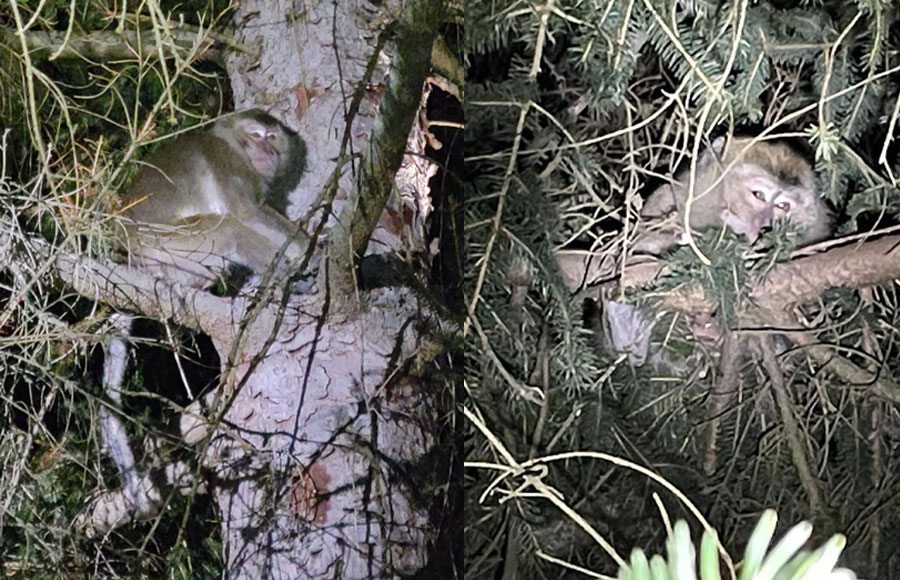
Several test monkeys utilized by the Centers for Disease Control and Prevention (CDC) escaped when a truck towing a trailer containing 100 of them crashed on a Pennsylvania highway on Friday, although authorities say the last of the wayward simians had been rounded up and accounted for as of Saturday evening.
According to the Pennsylvania State Police, the monkeys managed to escape after the CDC vehicle had been involved in a collision with a dump truck near the Interstate 80 exit in Pennsylvania’s Montour County, causing the crates they were contained in to spill onto the roadway.
After an extensive search, all but one of the animals had been located by Saturday morning, forcing several agencies – including the Pennsylvania Game Commission, with the CDC providing “technical assistance” – to conduct a widespread search amid freezing temperatures for the lone holdout.
CDC spokesperson Kristen Nordlund noted that all of the monkeys were now accounted for, and that it had been required to humanely put down three of the recovered creatures. However, Nordlund did not state as to why the monkeys needed to be euthanized, nor did she say how they had been located after escaping.
The shipment of monkeys had arrived in the United States on a flight from Mauritius – an Indian Ocean island nation – that had landed at New York’s John. F. Kennedy Airport; from there, they had been loaded onto a trailer bound for a CDC-approved quarantine facility.
Currently, it is unknown where the CDC quarantine facility that the monkeys were en route to was located; however, a paper hosted on the National Center for Biotechnology Information (NCBI) website noted that this particular breed of monkey – cynomolgus macaque – is often used in toxicology studies.
After the crash was initially reported, authorities urged local residents via Twitter not to approach any of the monkeys if they encountered them.
“A small number of monkeys may have fled the crash scene into the surrounding area,” the tweet read. “If the public spots one, please keep your distance and call 911 immediately. Health and safety of residents and visitors is our top priority.”



Comments are closed.